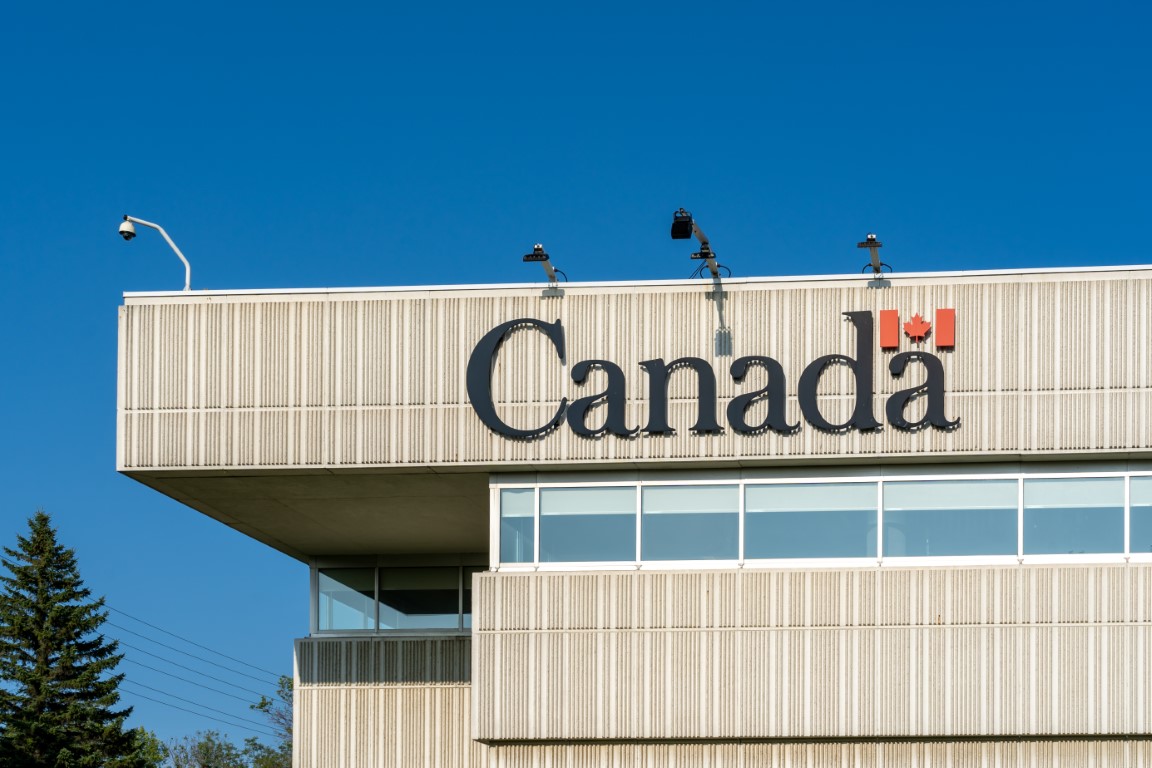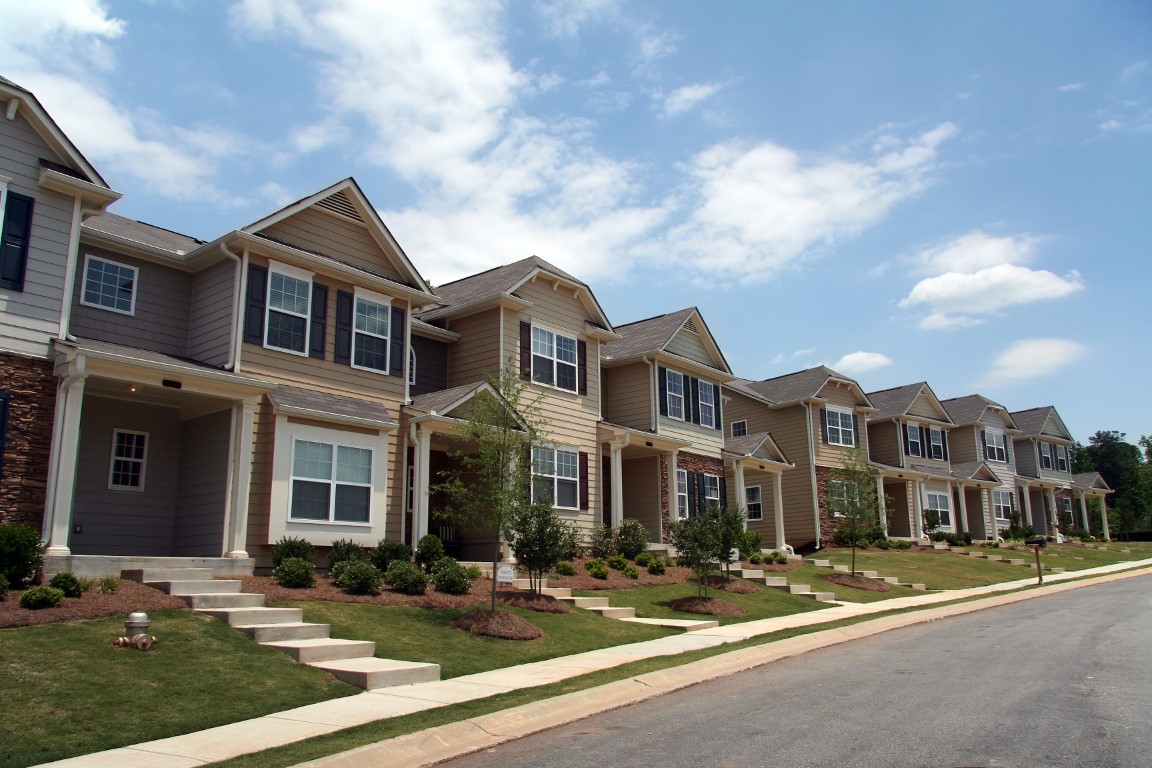CBC News – In recent times, Canada’s robust immigration policy has been a double-edged sword, catalyzing economic growth while simultaneously straining the housing market. As Deputy Governor Toni Gravelle of the Bank of Canada elucidated in his recent speech in Windsor, Ontario, the increasing number of new arrivals is exacerbating inflation, specifically through heightened demand for housing.
While immigration has undeniably bolstered Canada’s economy, expanding the workforce and countering an aging population, it has also brought unforeseen challenges. The surge in demand, coupled with structural issues in housing supply, such as planning restrictions and a shortage of construction workers, is pushing up rent and housing prices.
The situation in Canada stands in stark contrast to the United States, where housing construction is more adaptable to demographic shifts. In Canada, however, the supply is failing to keep pace with the recent surge in immigration. This disparity is not only affecting current residents but also poses a significant challenge for newcomers seeking affordable housing.
Moreover, the federal government’s immigration policy, ambitious in its scope, has not been entirely successful in attracting skilled construction workers. This is evident from the fact that only about 3% of non-permanent residents are employed in the construction sector, compared to 8% of the total population. The impending retirement of about 20% of the construction workforce in the next decade further complicates the situation.
These challenges are compounded by higher interest rates, which hinder housing development as developers grapple with increasing borrowing costs. The central bank’s decision to maintain the key interest rate at 5% underscores the complexity of balancing economic growth with housing affordability.












